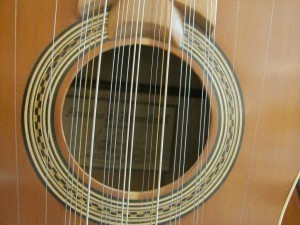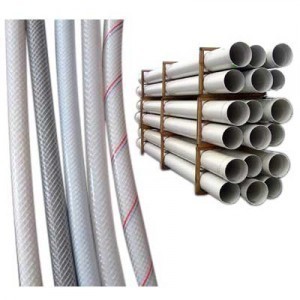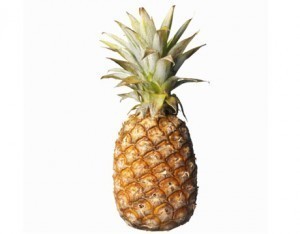String dimensions will depend on what the string will be used for. In its most basic sense, the string refers to any type of rope (or similar material) to fasten onto something.
String for Flying Kites
There is no standard length. However, you need to make the string as long as possible if you want the kite to soar. Kite tourneys may require specific lengths to be used.
Some of the more widely used lengths are 30, 50 and 150 ft. For serious fliers of single line kites, a length of 1,000 ft is used. For many, the line to be employed will depend on the kite.
For single line kites, use just enough to get it over the ground turbulence. A little bit more can be added for buffering. If you use too much, the kite will be hard to see. But if you use too little, the kite will have difficulty staying up. For sport kites, a good length would be 75 ft. This will make the kite more responsive and quicker.
Other Considerations for Kite Strings
The kite string dimensions will also depend on a number of factors. Some of the issues you have to address are the wind, the space you can fly the kite in and how many kite fliers will be fighting for that space.
Bowstring Lengths
According to the Archery Trade Association (ATA), a typical bowstring has to be marked by the bow length, not the length of the bowstring. For example, a bowstring labeled 60” is for a bow of bow 60”.
Measurements for a traditional bow are made from the string groove to string groove. The measurement has to be from the bow’s limbs. When making measurements, it must be across the bow limbs’ face. Using this method, you will get the right string length for the bow.
If the bowstring is over forty pounds, the measurement must be done by putting it on metal pegs. This is then stretched with 100 pounds of tension for twenty seconds. The figures are obtained from the outer pegs. The string brace has to be three inches shorter than the bow. This means that a 60” bow must be braced with a 57” string.
The string dimensions mentioned above refer only to the types used for pulling or tying .The “strings’ in computer programming languages like C and C++ have an entirely different meaning of course.






